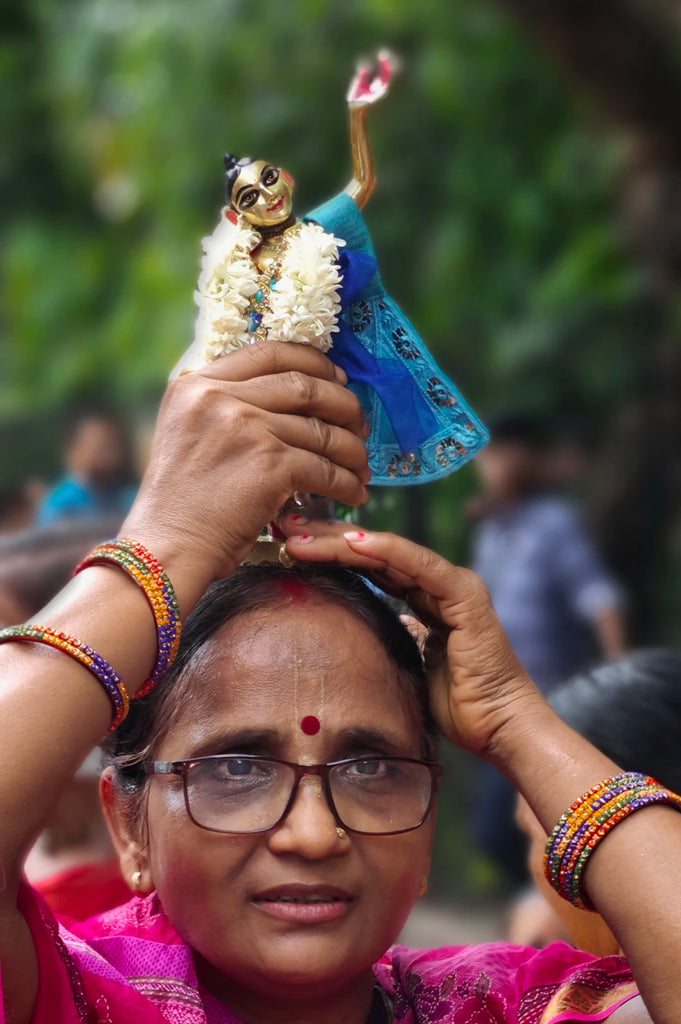The Role of Jewelry in Cultural Traditions

Frequently Asked Questions
1. What role does jewelry play in cultural traditions?
2. How has jewelry symbolized status and wealth throughout history?
3. What are some examples of jewelry as a cultural identity marker?
4. How does jewelry feature in rituals and ceremonies?
5. What are current trends in jewelry making and personal expression?
Jewelry has adorned humans for centuries, transcending mere decoration and taking on significant cultural importance. From the ancient empires to today’s modern societies, the role of jewelry in cultural traditions reflects beliefs, values, and identity. Especially remarkable is how various pieces, including the black men's ring, epitomize the essence of history and tradition. In this blog post, we will explore the multifaceted role that jewelry plays in different cultures around the world.
Jewelry as a Symbol of Status and Wealth
Throughout history, jewelry has been synonymous with wealth and status. Kings and queens donned intricate pieces that demonstrated their power and economic strength, while commoners often wore simpler items that reflected their social standing.
Ancient Civilizations: Egypt and Mesopotamia
In ancient Egypt, jewelry was not just for decoration; it represented power and connection to the divine. Pharaohs wore enormous collars and crowns adorned with precious stones, illustrating their status as gods on Earth. Likewise, in Mesopotamia, wealth was showcased through ornate gold pieces that often contained intricate designs and were worn by both genders.
Modern Interpretations of Wealth
Today, jewelry continues to represent wealth but also provides a canvas for personal expression. Some cultures are exceptionally focused on achieving a heightened status, exclusively wearing brands or pieces that signify prestige. The black men’s ring has emerged in contemporary fashion as a distinct symbol of masculinity and strength, often associated with confidence and an elevated social status.
Jewelry as a Cultural Identity Marker
Jewelry also serves as a marker of cultural identity, reminding us of our roots and heritage. Various cultures utilize unique styles and materials to express their identity, contributing to a rich tapestry of global traditions.
Native American Jewelry
Native Americans have used jewelry as a vital aspect of their culture for centuries. Silver and turquoise are primary materials, often crafted into beautiful pieces that tell a story of the land and people. Each item carries significant meaning, from the use of certain stones in ceremonial contexts to the old-fashioned techniques that are passed down through generations.
African Beadwork
In many African communities, beads are used in jewelry as a form of social communication. Different colors and patterns can signify age, status, or community ties. Beadwork also plays an essential role in ceremonies like weddings or rites of passage, where the significance of color and design cannot be overstated.
Jewelry in Rituals and Ceremonies
Jewelry plays a crucial role in various rituals and ceremonies, marking important life events and transitions.
Weddings Around the World
One of the most significant ceremonies in many cultures is the wedding. In numerous cultures, specific jewelry is worn to symbolize the union between partners. For example, in Indian weddings, the bride often adorns herself with elaborate gold jewelry, reflecting the family's wealth. In contrast, in Western traditions, simplistic wedding bands, such as the black men's ring, symbolize eternal love and commitment.
Funerary Jewelry Traditions
Jewelry also works its way into funerary practices across cultures. Ancient Egyptians, for example, believed that the deceased would need their jewelry in the afterlife, leading to elaborate burial practices where significant items were placed with the body. Similarly, in many cultures today, pieces of jewelry are often passed down from one generation to another, creating a strong bond between family members, even in death.
Jewelry as an Expression of Art
The art of jewelry-making involves intricate craftsmanship, transforming raw materials into pieces that evoke emotion and convey messages. Artists in various cultures have used jewelry as their medium to express creativity, innovation, and cultural heritage.
Artisan Techniques in Jewelry Making
From the intricate metalwork of Middle Eastern artisans to the unique induction heating techniques used in modern crafting, jewelry making often showcases cultural artistry. Local artisans often pride themselves on their craftsmanship, creating pieces that are not only beautiful but hold cultural narratives. These artisanal techniques have kept traditional styles alive while allowing for modern adaptations.
Trends and Innovations in Jewelry
In the contemporary scene, innovative techniques in jewelry production, such as 3D printing, have upended traditional models. This technology allows creative exploration while embedding cultural significance into new designs. Emerging trends often play homage to historical pieces, evolving them into fashionable items, such as the black men's ring, which beautifully marries tradition and modernity.
The Emotional Value of Jewelry
Jewelry often holds sentimental value, serving as heirlooms that connect generations. It holds memories that are irreplaceable, creating emotional ties between wearers and their pieces.
Gift-Giving and Jewelry
In many cultures, gifting jewelry signifies love and commitment. Whether it's an engagement ring in Western traditions or gold bangles in Indian customs, jewelry is often the chosen medium to mark special occasions. Each piece carries the love and thought behind it, further enhancing its intrinsic value.
Memorial Jewelry
Another poignant aspect of emotional jewelry is memorial pieces. Often designed to hold ashes or act as a keepsake of loved ones, they serve as a beautiful reminder of those who have passed. This emotional connection solidifies the idea that jewelry transcends its physical attributes, representing deeper bonds.
Modern Cultural Adaptation of Jewelry
In today’s interconnected world, cultural exchanges allow for the adaptation of various styles into mainstream. Jewelry pieces that once held specific cultural significance are sometimes redefined or altered to fit contemporary standards while retaining the essence of their origins.
Cross-Cultural Influence
Many contemporary jewelry styles reflect a blending of influences from various cultures. Designers often draw from traditional motifs, combining them with modern aesthetics to create pieces that resonate with a global audience. The black men's ring is a prime example of how a specific cultural design can find its way into marriage proposals or as an everyday fashion statement.
Sustainable Practices in Jewelry Making
As consumers become more eco-conscious, sustainable practices in jewelry making are gaining popularity. Many artisans are now using recycled materials and sustainable gemstones to create beautiful pieces that reflect their commitment to the environment. This trend shows that while jewelry is steeped in cultural significance, it can also adapt to modern values and concerns.
Jewelry, Fashion, and Personal Expression
Jewelry isn’t just tied to cultural traditions; it has also found its place in the fashion world as a means of personal expression. Individual style is now often showcased through unique jewelry choices, allowing people to communicate their personality and identity.
The Rise of Statement Pieces
In recent years, statement jewelry has been a booming trend. Large, bold pieces, including oversized rings or chunky necklaces, allow wearers to express who they are or what they stand for. The black men’s ring is an excellent representation of a statement piece, providing strong visual impact in a sleek design.
Accessorizing with Intention
Today, many individuals choose jewelry with intention, often selecting pieces that align with their beliefs or causes. For example, wearing jewelry that supports a movement or showcases cultural heritage allows wearers to convey important aspects of their identity.
The Future of Jewelry in Cultural Traditions
As we look to the future, the role of jewelry in cultural traditions will continue to evolve. With globalization and the rise of social media, diverse cultural influences will undoubtedly shape contemporary jewelry design.
Embracing Technological Advancements
Technological advancements, such as artificial intelligence and virtual reality, are poised to change the landscape of purchasing jewelry. As consumers seek personalized, unique experiences, these innovations will impact how jewelry is created and sold in the marketplace.
Preservation of Cultural Heritage
As trends shift, the importance of preserving cultural heritage becomes increasingly essential. Artisans are likely to embrace modern trends while maintaining traditional methods, ensuring that cultural narratives remain alive within contemporary jewelry. The black men’s ring may evolve, but its significance within cultural traditions will continue to resonate.
Timeless Treasures: The Legacy of Jewelry in Culture
Jewelry’s influence on cultural traditions extends far beyond mere adornment; it's interwoven with identity, history, and emotion. As we continually reinvent and adapt, the significance of jewelry in our lives—as symbols of identity, unity, and expression—will remain timeless. By understanding the diverse roles that jewelry plays across cultures, we can appreciate not just its beauty, but also the rich stories it tells and the powerful connections it fosters.

Leave a comment